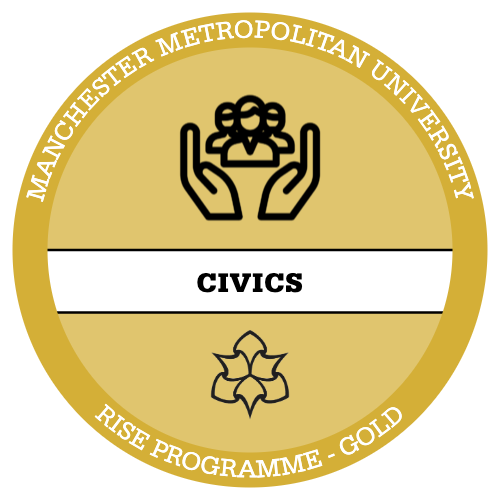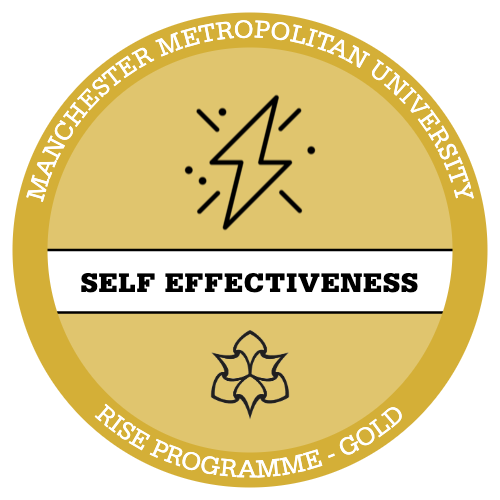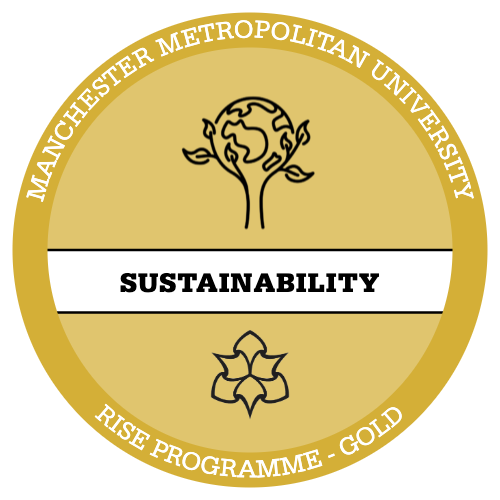Amy works as a Health Visitor in a busy team. This is a high pressured role but she rarely feels overwhelmed or stressed. In fact, she thrives, despite the demands of the job.
What might be the reasons for this?
Perhaps Amy has a really supportive team who socialise together and can always ask for help when she is having a bad day. Another reason could be a manager who gives regular constructive feedback and is engaged with Amy’s professional development. Amy’s situation illustrates the idea behind the Job Demands-Resources (JD-R) Model. This model states that even if you work in a demanding role, you can experience less stress if there are effective resources to support you.
JD-R Model
Researchers Arnold Bakker and Evangelia Demerouti developed the Job Demands-Resources (JD-R) Model in 2006. The model states that when job demands are high and job resources/positives are low, stress and burnout increase. Conversely, a high number of job positives can offset the effects of high job demands.
The work stress model suggests that stress arises from the imbalance between the requirements of the job and the resources the employee has available to meet those requirements.

When you reduce job demands and promote positives, you will experience less stress and have a better sense of engagement and motivation.
Often employers will respond to the challenge by introducing specific interventions to support staff wellbeing. Employees will be invited to attend stress management or mindfulness sessions. However, the results of the following study suggest that these interventions are not providing appropriate resources in response to job demands. Read more about the research below.

Read: Employee well‐being outcomes from individual‐level mental health interventions: Cross‐sectional evidence from the United Kingdom (wiley.com)
<undefined>Fleming (2024) Industrial Relations Journal – Wiley Online Library</undefined>
Why do you think that a focus on individual-led interventions might not be the most effective way of supporting staff wellbeing in early years practice?

Apply Your Thinking:
Apply JD-R Model to an Early Years Setting. Reflect on your own career and answer the following questions:
- What does your career involve? What are your day-to-day tasks? Do you enjoy going to work? Which of your job responsibilities feel overwhelming? Use the JD-R model to explore this in further depth by working through the following steps:
- List potential job demands which are causing stress and leaving you feeling overwhelmed
- How might these demands be addressed? Who is trying to help you? What might make a difference?
- What are the job resources/positives that you experience daily in your role?
- How might you address these positives to allow for balance and prevent burnout?






